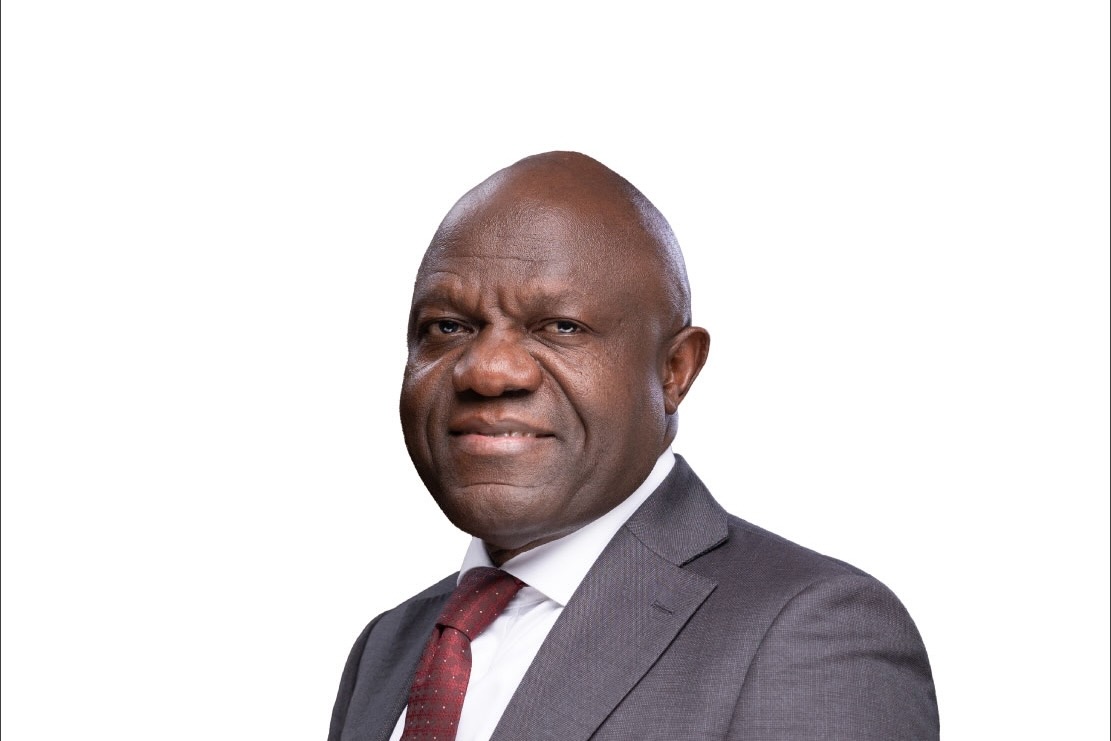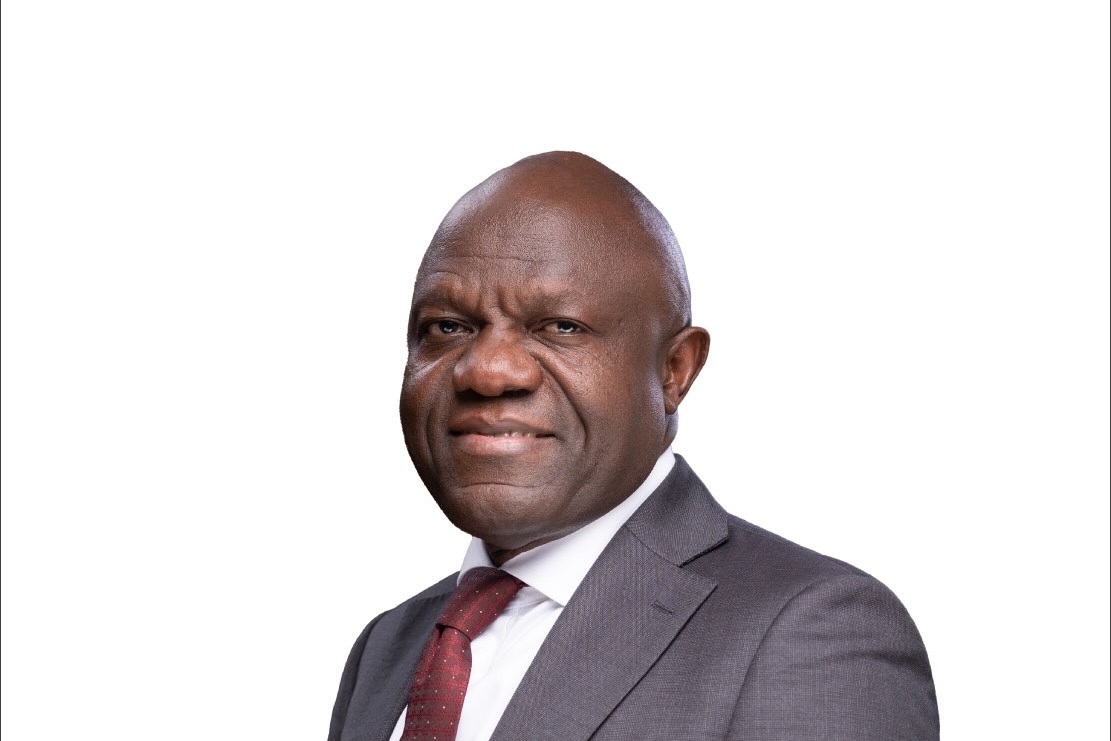Stanmore: Where golf and nature are one and the same
The author poses with a father and son golf pairing, Steve and Gary Cobley at Mill Hill Golf Club
STANMORE, UK – For every golfer, the first thing that comes to mind on each trip is the nearest golf course to your destination.
It does not matter where you are going; a golfer will explore the idea of swinging wherever he goes. There are always clubs for hire at every pro-shop, so I opted against the temptation of carrying my golf club. It helped a great deal that my friend, Alexander Kasendwa, was in London.
Having lived and worked in the UK for more than a decade, he knew his way in and around the various golf courses in his neighbourhood. Golf is an addictive drug, but a beautiful addiction. When I met Alex, the first thing was to request him to sneak in a round or two with him before he headed to Heathrow to fly to Uganda for the Uganda Golf Open at Kitante.
On all his visits to Uganda, he has always mentioned Stanmore Golf Club. When we met last week, all I could see in him was Stanmore Golf Club. I imagined what the fairways looked like, how the rough played and what sort of greens his home course had built.
On the day we were meant to play Stanmore Golf Club, the course had been overly subscribed. We lost the time Alex had booked for our round, because of a delayed train which affected my arrival time in Stanmore. But we were not short of options.
“This area has so many courses we can’t fail to get where to play,” he said.
One other reason why the course had been full was because of the beautiful weather in London. Usually, October tends from autumn to winter, but this has been a fine October, with very good sunshine and several warm days. There have been occasional rains and some cold days, but mostly it has been the sort of weather that allows for very good golf.
That meant that all golfers have been driving to their courses to enjoy their final rounds of the game because winter sets in, and it will be a long time before they play in favourable weather.
A drive through Stanmore is an appreciation of the order, neatness and cleanliness of a society that is functional and sound. Right there, I saw that I was moving in and around an area where people who pay taxes get their money’s worth.
Ironically a good number of Stanmore residents are Indians who trace their heritage to Uganda. Many of them were among the tens of thousands deported by then president Idi Amin in 1972. They sought refuge in the UK and are settled in various places, including Stanmore.
The property value there is quite high; there are several homes whose value is in millions of pounds. Gated communities stand out, where access is exclusive to residents and their visitors. Walking and driving in Stanmore was a sight to behold. The roads are hidden under gorgeous canopies, with top-of-the-range SUVs a common sight.
It is a predominantly a white neighbourhood, many of whom left London after the influx of immigrants to start a new life in Greater London. About 56 per cent of the population is white – 47 per cent British – with Indians, Jews, Hindus and Muslims following in that order.
As we drove from Stanmore to The Hertsmere, which fames itself as a Golf Club and a Toptracer Driving Range, it was apparent that this was going to be a different golf experience from any I had taken part in.
The Hertsmere is a challenging but picturesque course in Hertfordshire. It has a 26-bay golf driving range powered by Toptracer Range technology with facilities designed to help everyone enjoy top quality golf and time spent outside. It is 180 acres of tranquil countryside.
The round cost us a combined £79 (Shs 360,000), which I would later gather was a pittance compared to the cost of playing in better, championship courses in and outside London. When we got to the practice putting green, which is a routine for golfers professional or amateur before a round, I asked a question which left Alex in stitches.
“Is this a carpet or grass?” I pondered.
“This is grass,” he responded. “And it is not yet cut, it is actually overgrown.”
I found the speed of the putting greens quick, but that, I would figure out in a few, was because I was coming from a course whose greens are of a different make, and whose speeds will never quite match the running of bent grass.
When we teed off the first hole at The Hertsmere, it was something of a cultural shock for me. Playing golf in Uganda makes one used to caddies. In a way, it encourages lesser concentration because you have a caddy to spot where your shot is destined.
Playing golf in the UK demands that you strike your ball on the fairway. If you miss the fairway, be sure that you have directed it in a direction where you trace it, for there are no caddies. The courses where caddies are, tend to be prohibitively expensive. The first hole at The Hertsmere is a par 4 and I arrived on the green for three, putted twice and moved on with my bogey happily.
The fairway grass and the greens have a lot in common with the experience at Lake Victoria Golf Resort and Spa at Kigo, except that The Hertsmere has various fully grown trees and a thicket running through several holes that you are best advised to miss.
The Hertsmere is built in such a way that there is a sizeable walk from the green of one hole to the tee box of the next hole. This, coupled with using a trolley for the first time, and playing a course for the first time – without a caddy – made it one hell of a round.
I went Out-of-Bounds several times, carded a few double-pars but also struck some memorable shots. My scorecard after 18 holes was a true reflection of the good, the bad and the ugly. From The Hertsmere GC, we played Mill Hill Golf Club.
Established in 1927 and sitting on 145 acres, playing it was another kind of feeling. The club house is located across a high-traffic countryside road, and accessing the course necessitated walking through a tunnel underneath. In some ways, there were shades of the tunnel at Uganda Golf Club.
Unlike The Hertsmere where I had to rely on Alex’s directions on where to direct my tee shot, Mill Hill’s par-4s and par-5s have a short black and white pole in the middle of the fairway where you are supposed to target to be in position A for the second shot. I actually played Mill Hill better and registered a birdie and a couple of pars that finally reflected the handicap 11 I played off.
Teeing the 18th, we were approached by a father-and-son pair who challenged us to play the final hole for a fiver (£5 or Shs23,000). Alex instead suggested that we play the final hole for rounds of pints, to which they consented.
We took the hole thanks to my impressive chip to set up a tap-in par. Alex got a bogey, but it did not matter. Gary Cobley, a handicap 5, had scratched the hole after pulling his shot into the forest to the left while his dad Steve, whose game has not diminished an inch despite being 77, missed par narrowly.
The clubhouse at Mill Hill is all warmth, comfort, history and quite inviting if you enjoy a frothy one. There is a history of the club’s 96-year history and a roll of honour of past champions to present- day. Stanmore, whose clubhouse I visited too and enjoyed, is 130 years old. Other clubs in the vicinity of Stanmore include Grims Dyke, Pinner, The Grove, Mill Green, Hendon, Sudbury and Moor Park.
The most striking aspect of golf is the raw magnificence of nature; the greenness of life and how it contrasts with the sunset in vast belts provided by a variety of courses. Stanmore is a beautiful place, made better by its golf course and the many others in its area. I will fly home with fond memories of its splendour.
mnamanya80@gmail.com
Source: The Observer
Share this content:




Post Comment